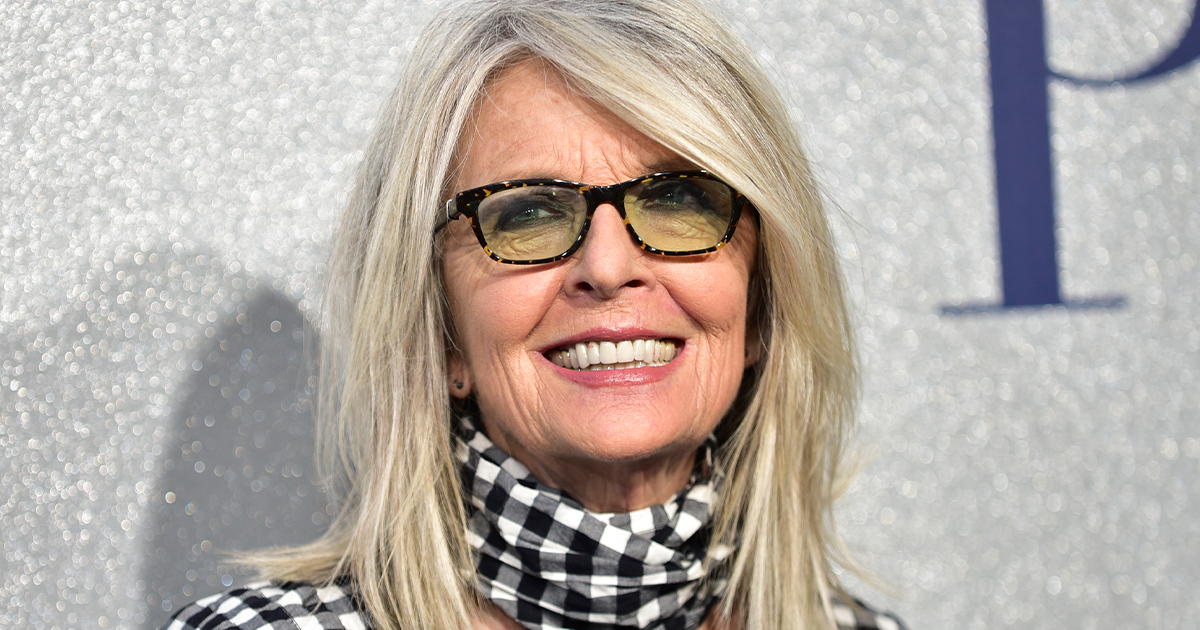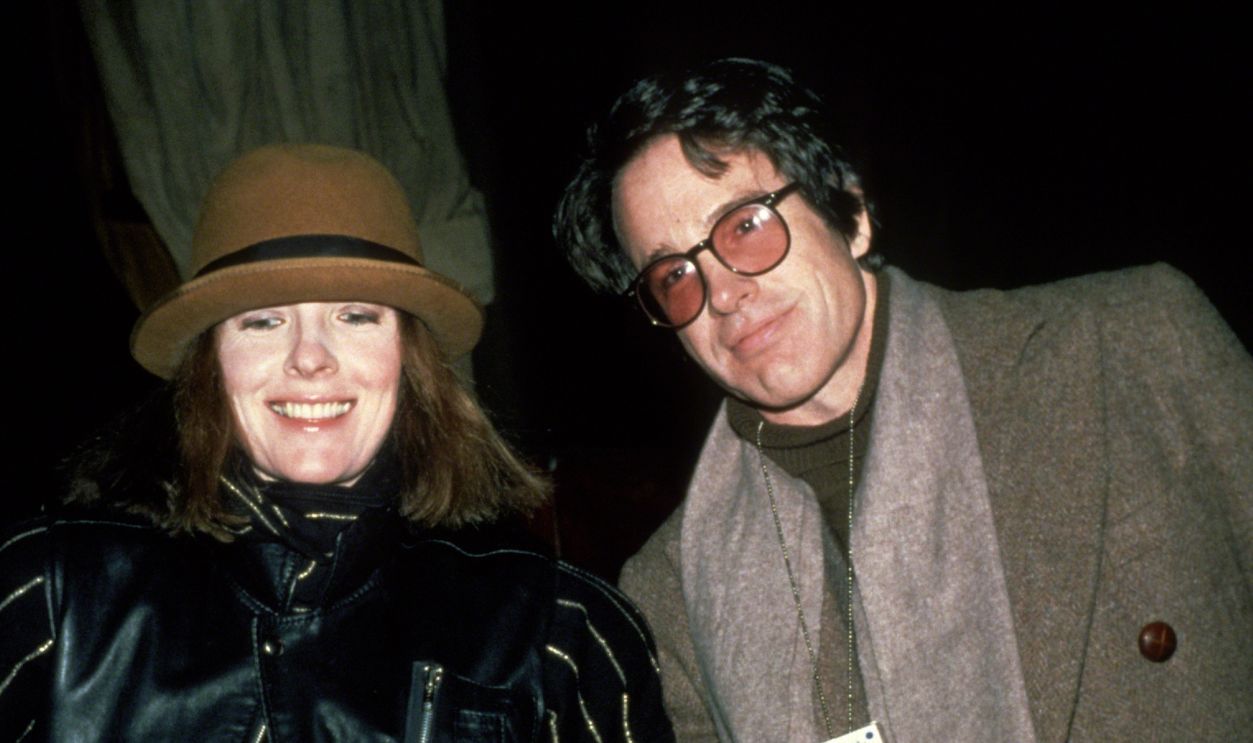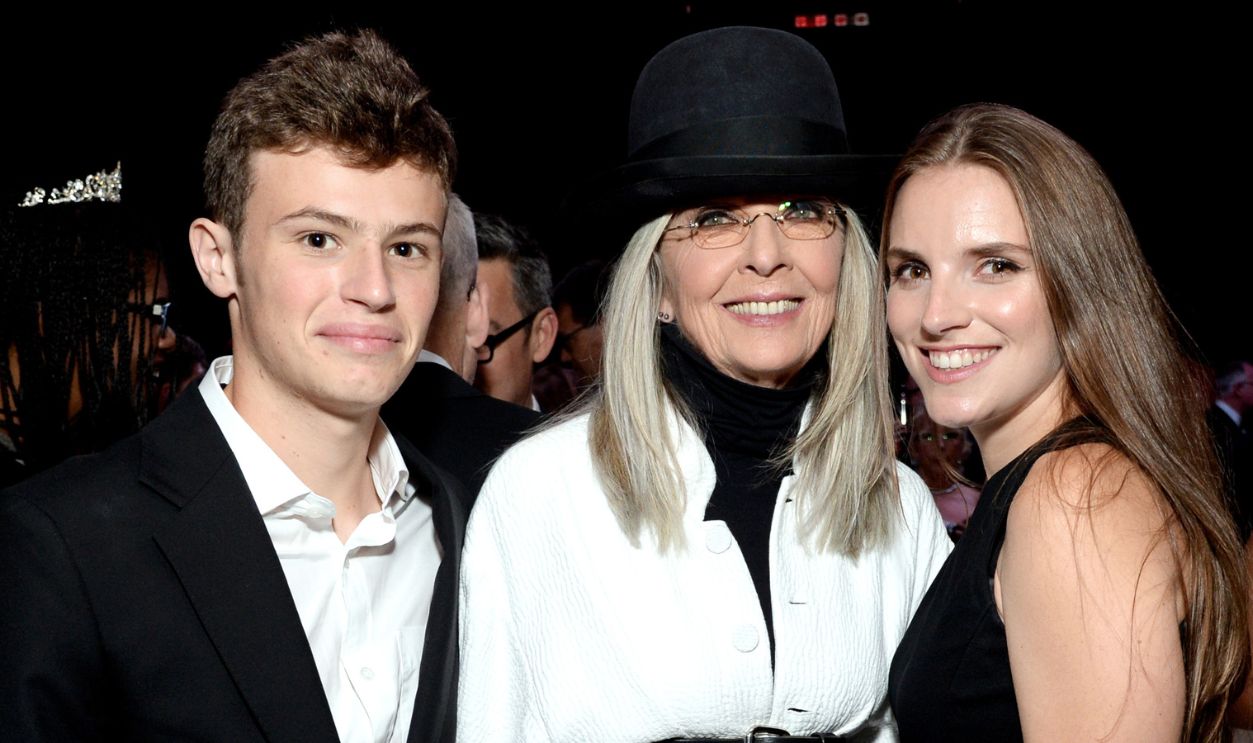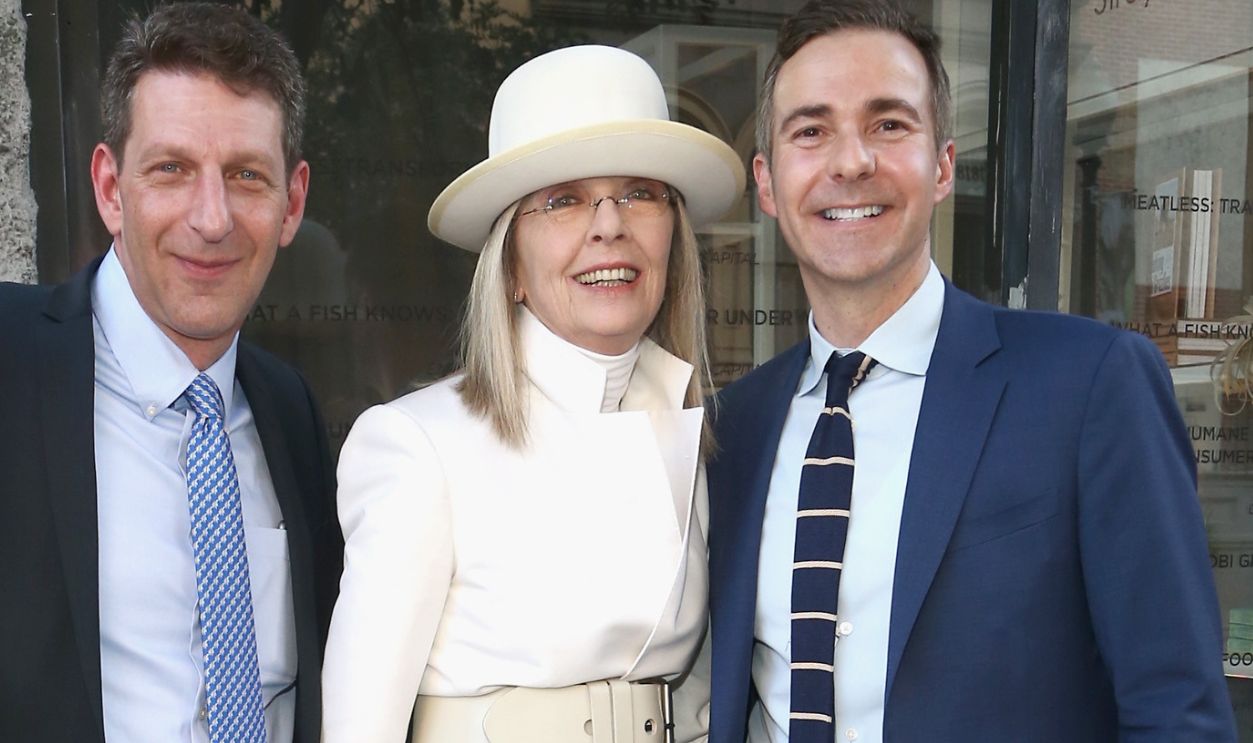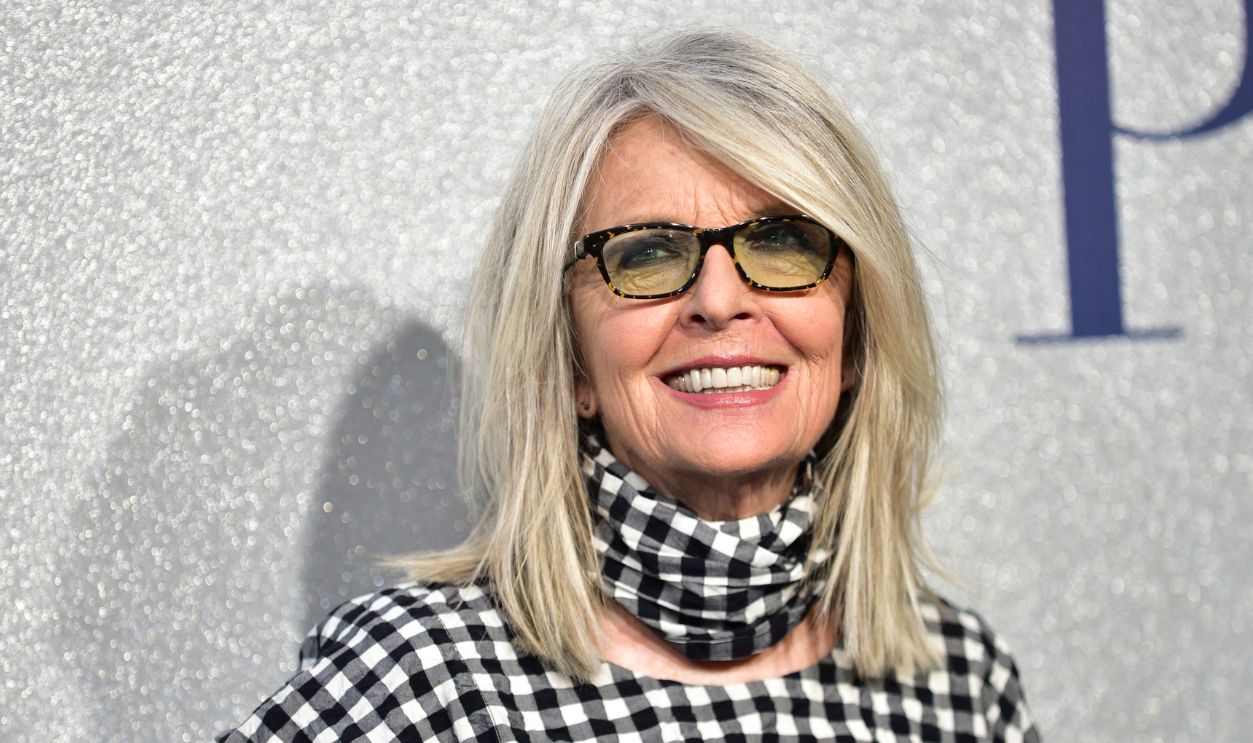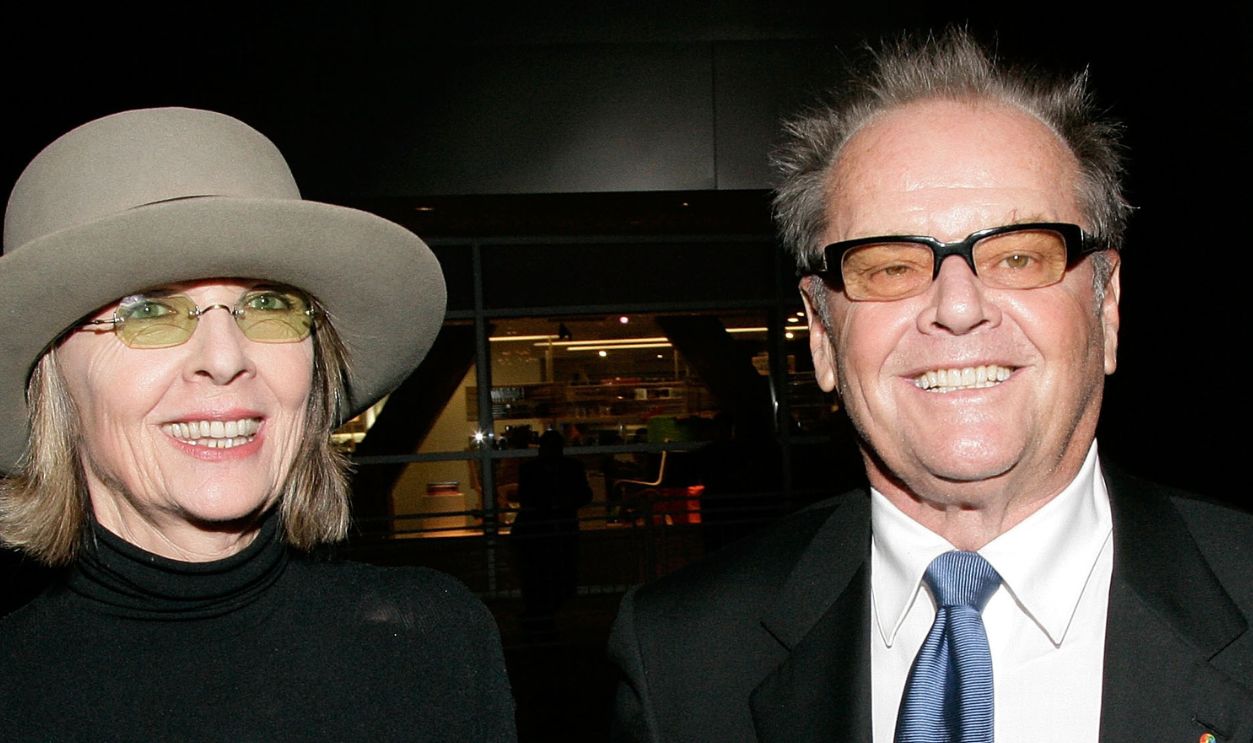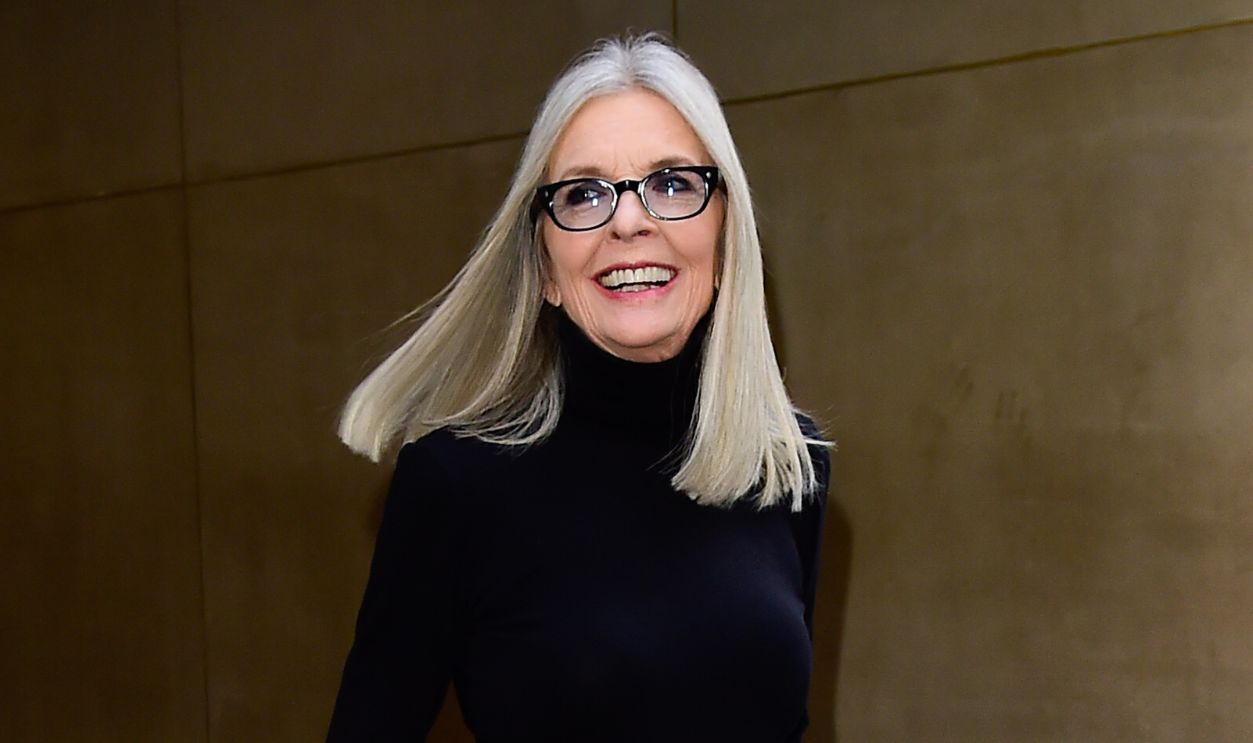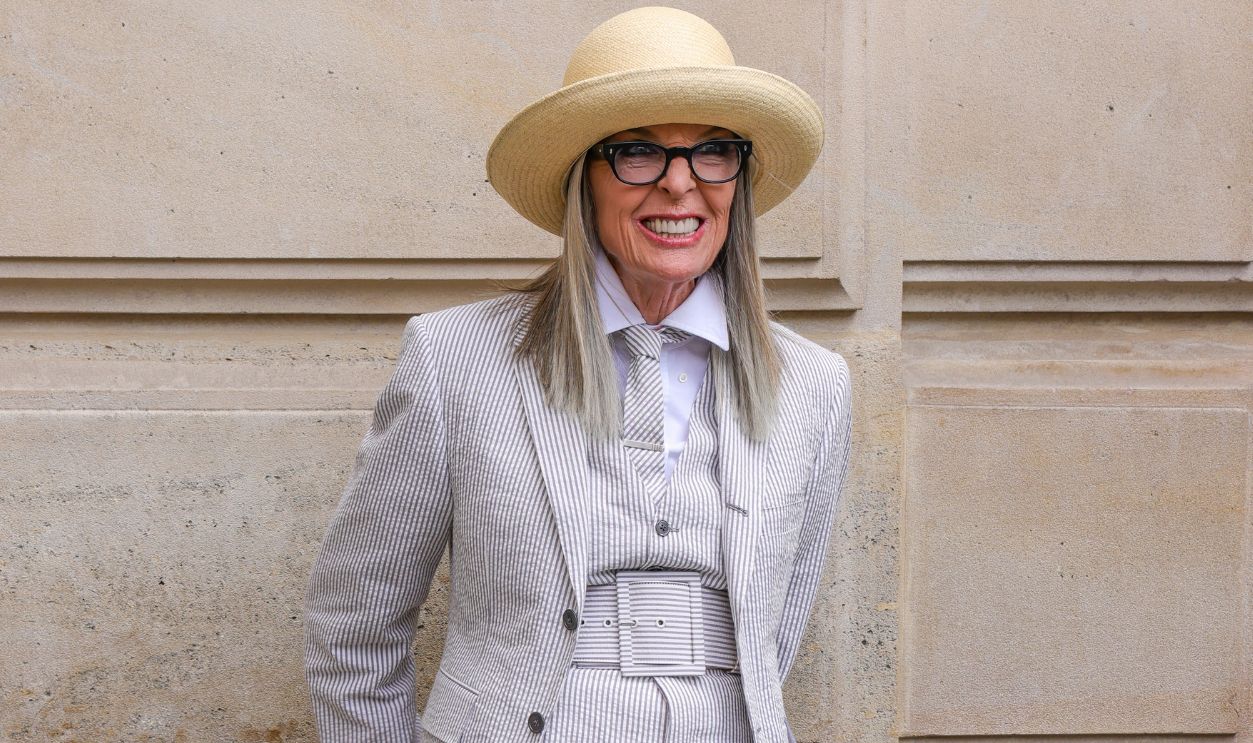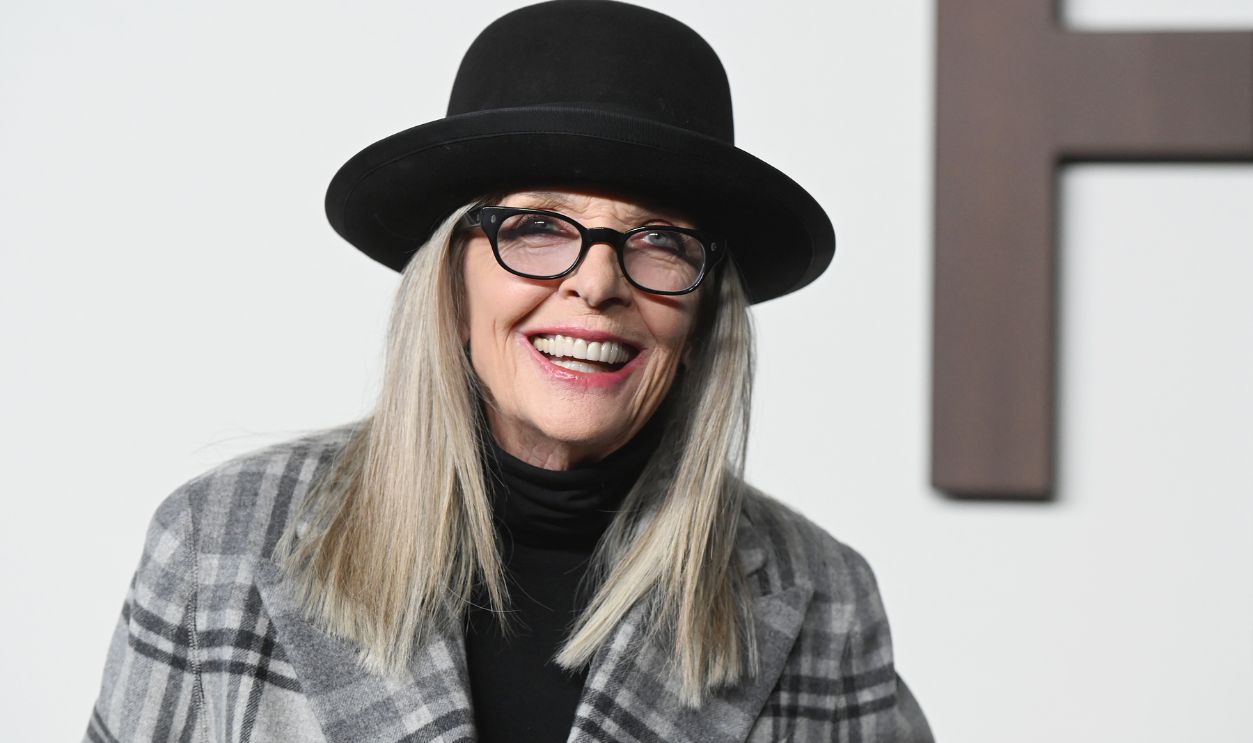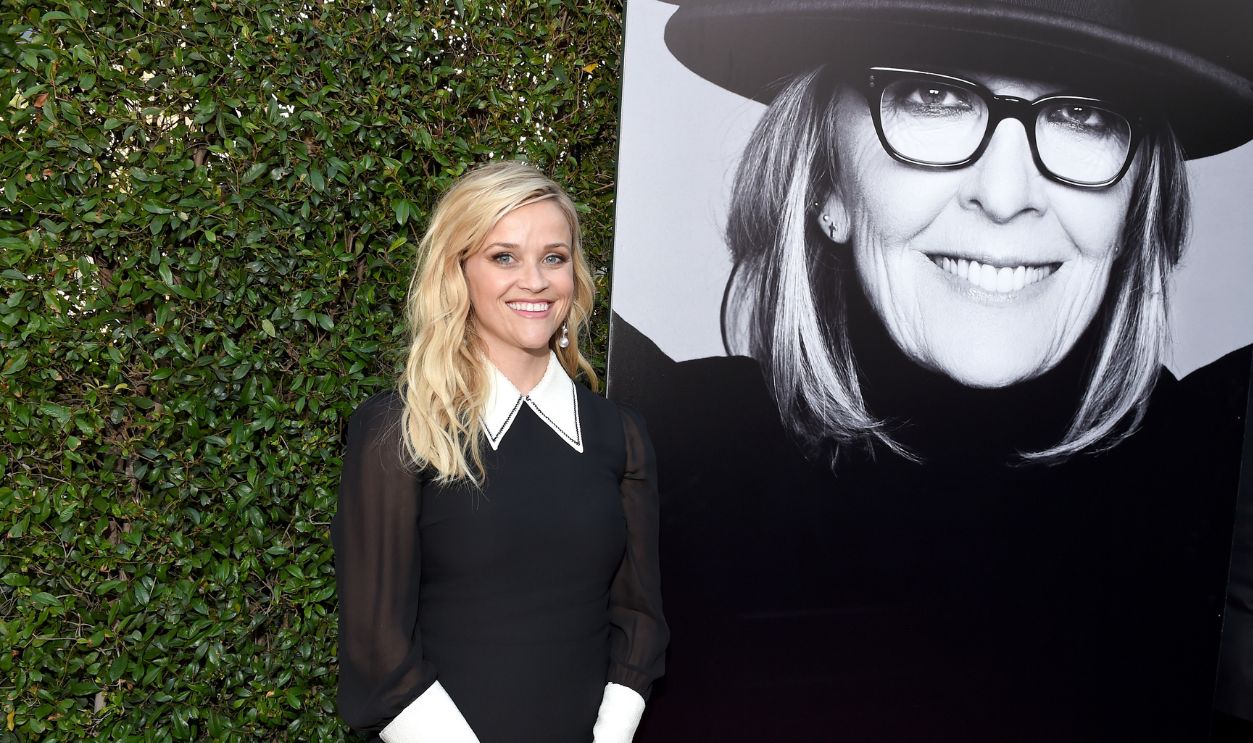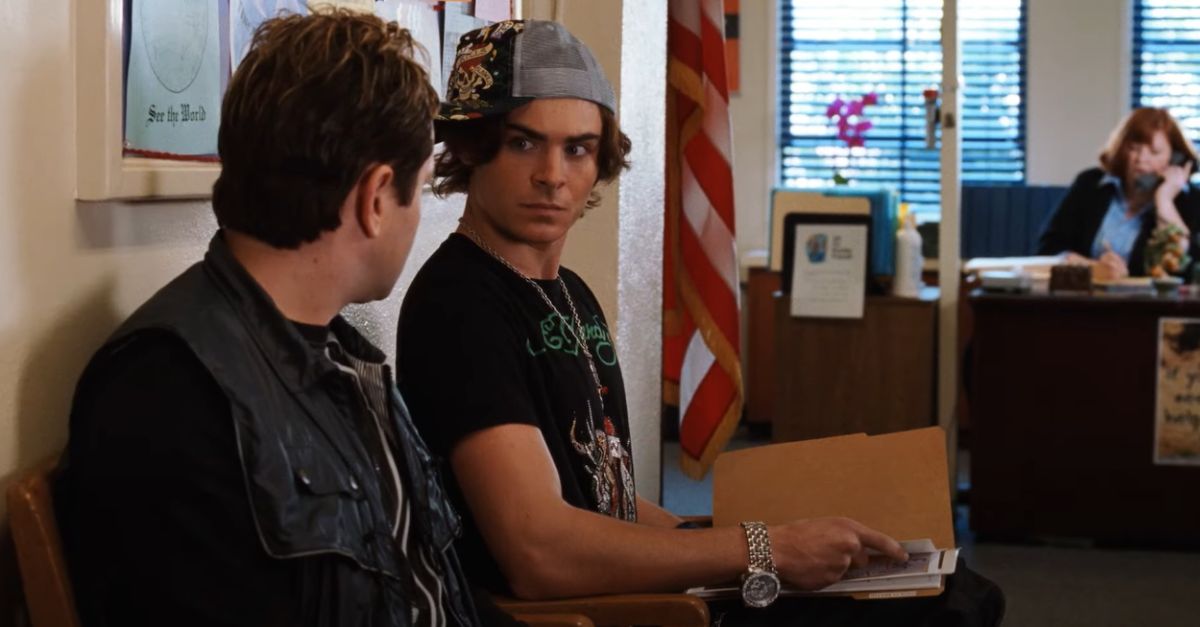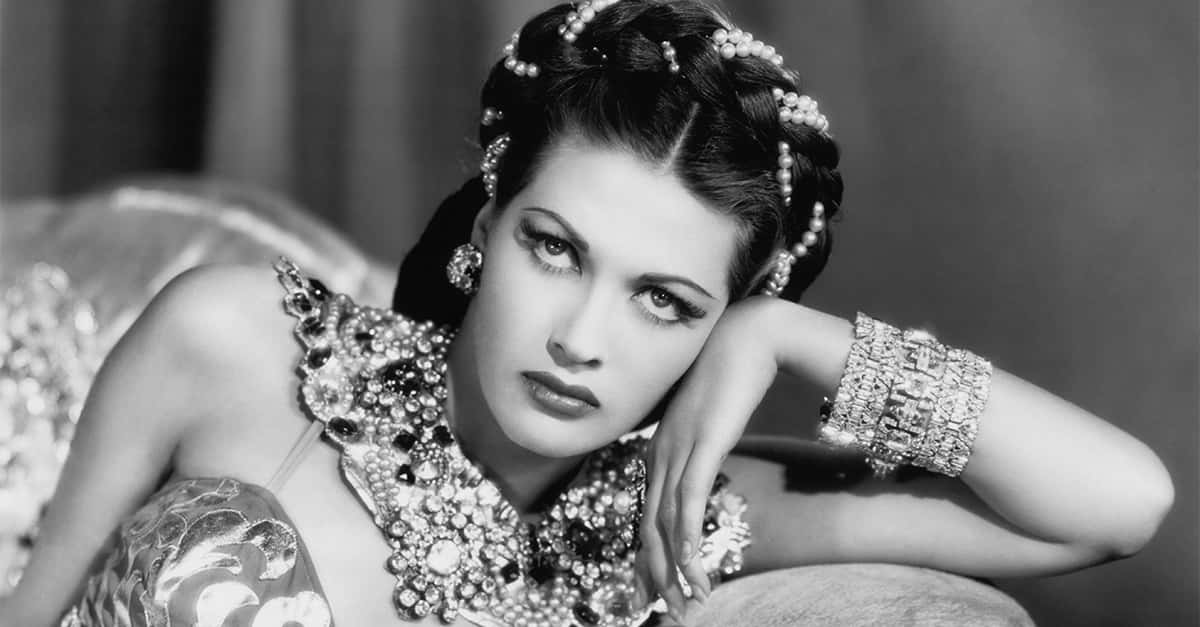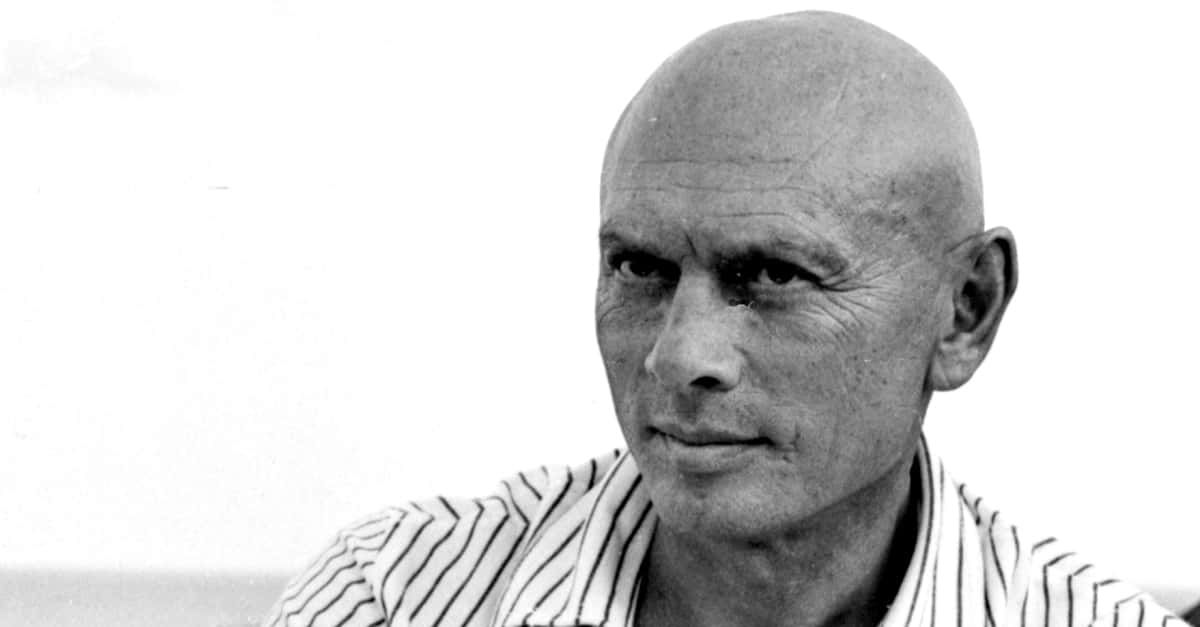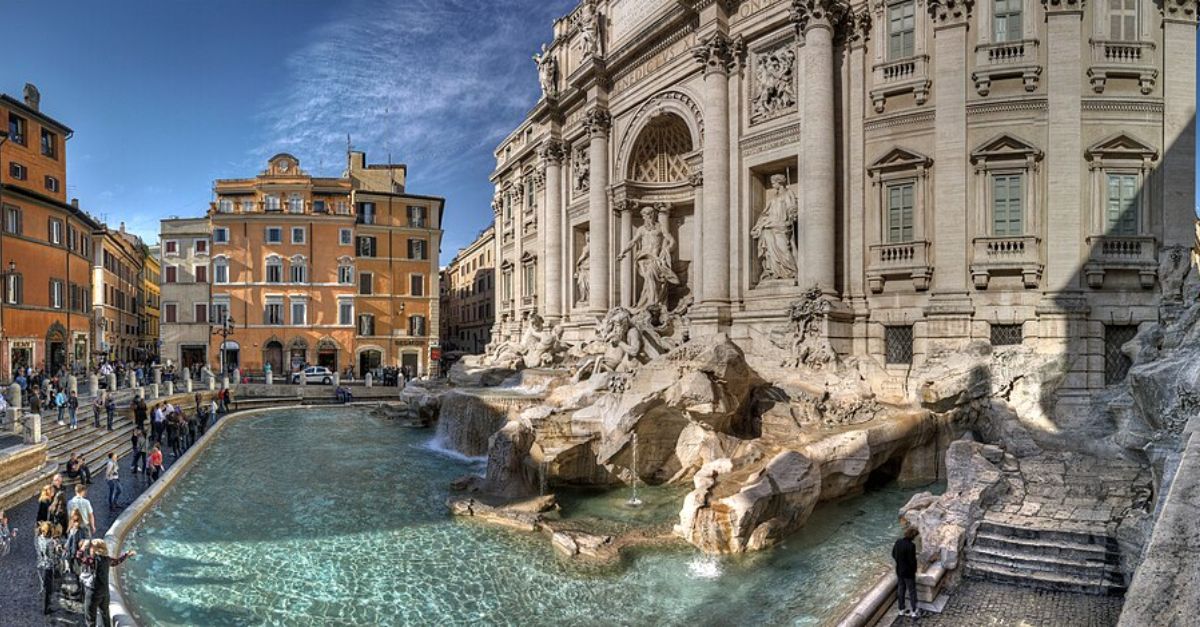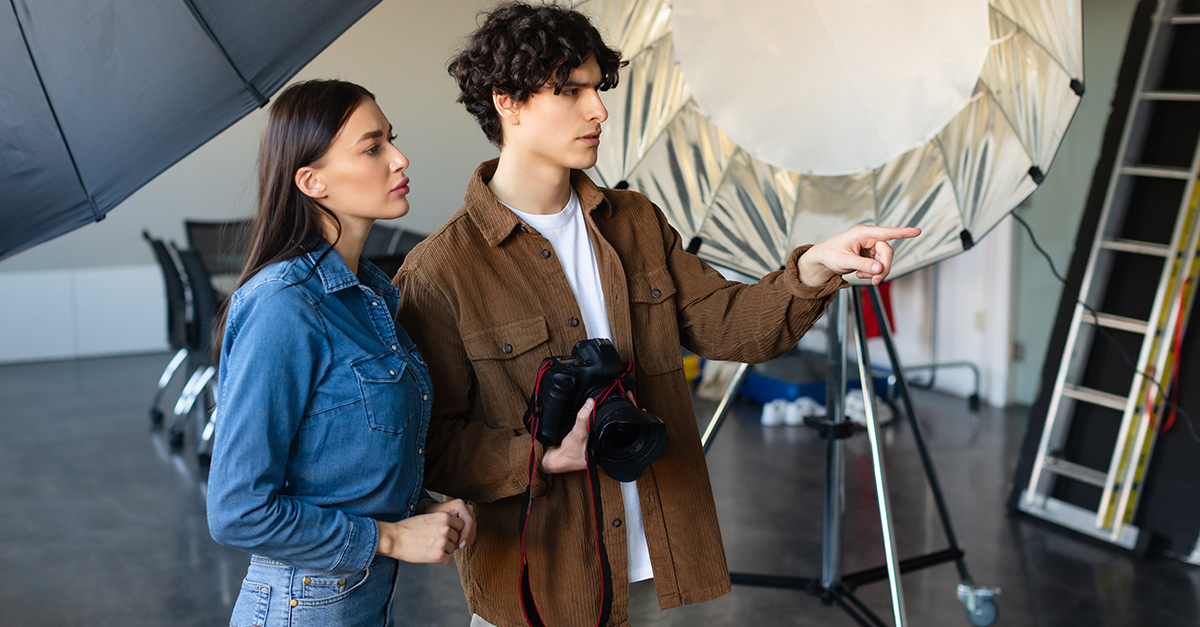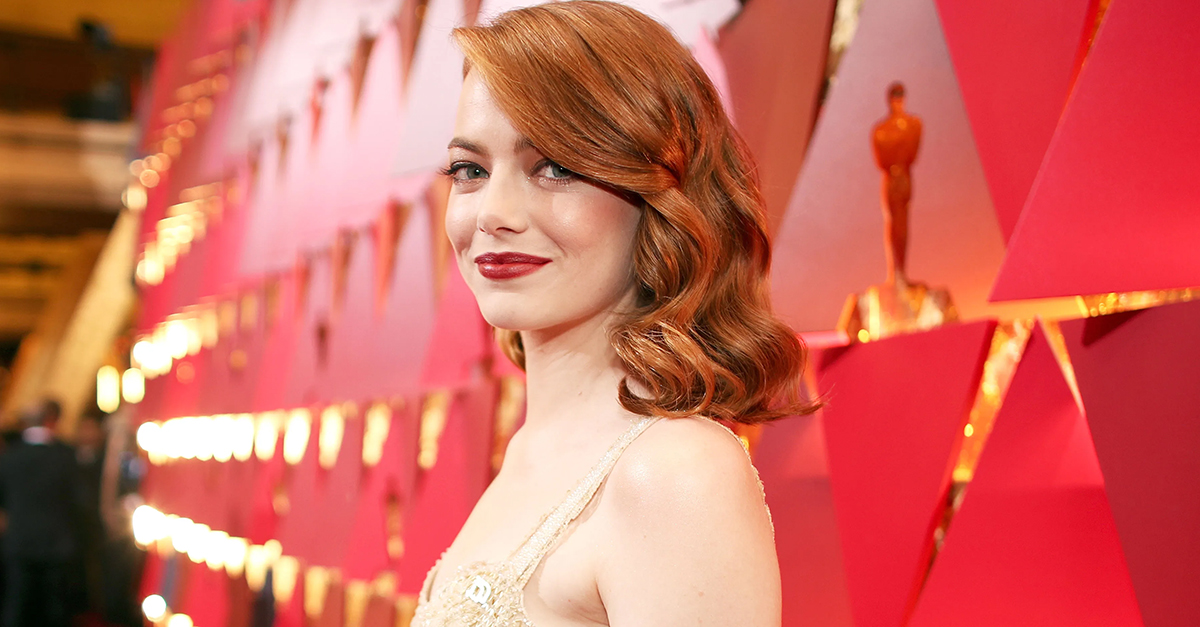The Fearless Spirit Who Wore Her Heart on Her Sleeve
Diane Hall, later known to the world as Diane Keaton, was born on January 5, 1946, in Los Angeles, California. She was a dreamer early on—curious, quirky, and unafraid to be herself. “I was never cool,” she once said. “I was just me.” That raw authenticity became her superpower.
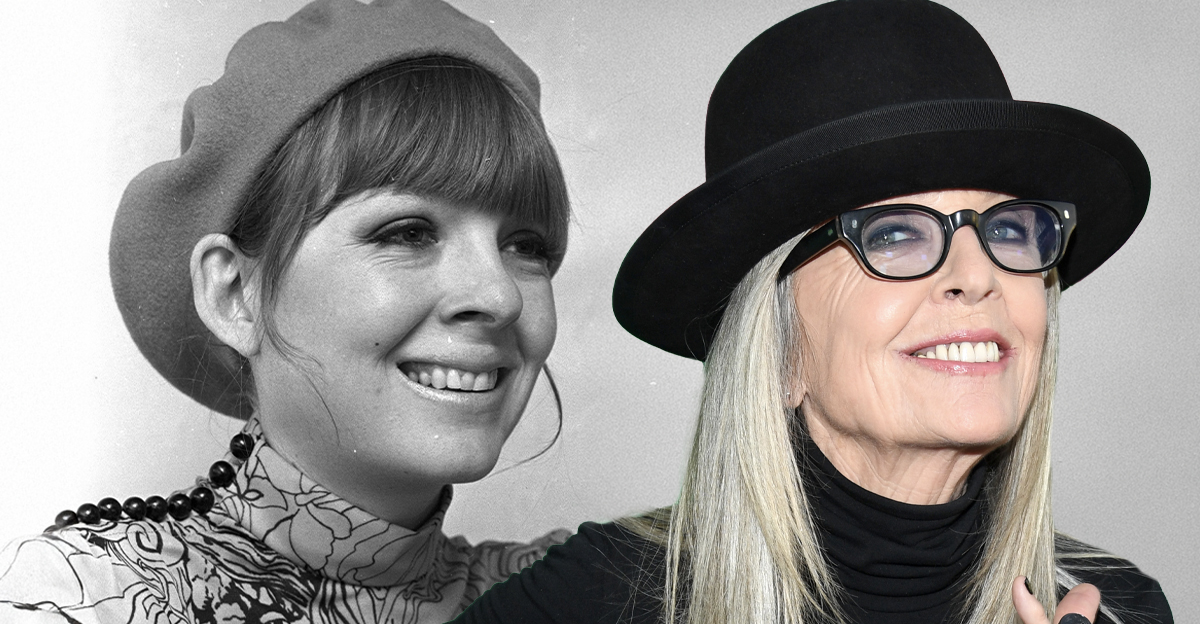
A California Girl with Big Dreams
Her mother, Dorothy, was a homemaker and amateur photographer who encouraged Diane’s creativity. Her father, Jack, worked in real estate. Growing up in a supportive home, Diane developed a love for storytelling and performance—and an eye for the beauty in imperfection.
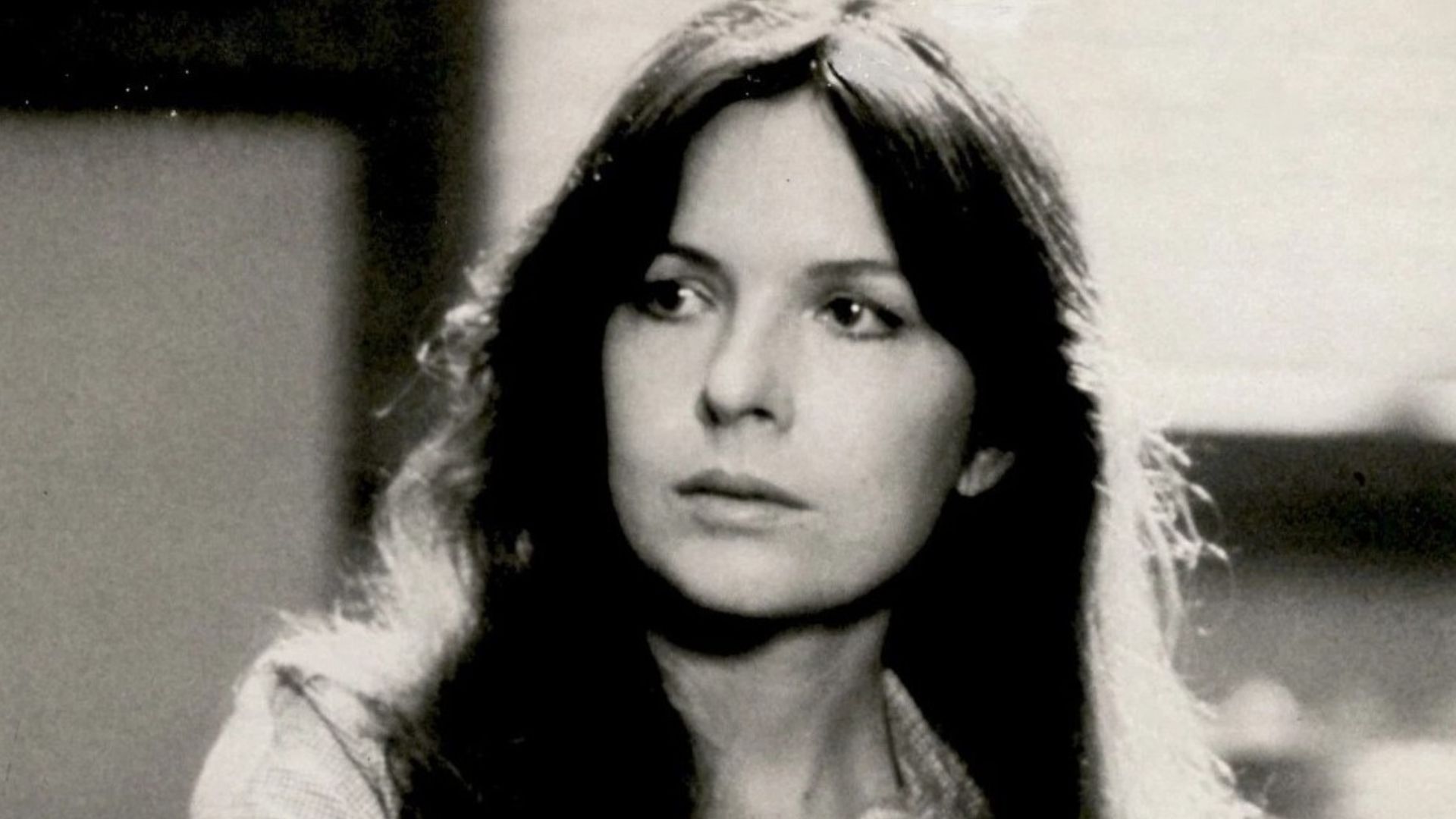 Paramount Pictures/ABC, Wikimedia Commons
Paramount Pictures/ABC, Wikimedia Commons
From Stage to Screen
After high school, Diane moved to New York to chase her Broadway dreams. She joined the cast of Hair in the late 1960s but famously refused to take her clothes off on stage—a sign even then that she’d do things on her own terms. Soon, she caught the attention of a young director named Woody Allen.
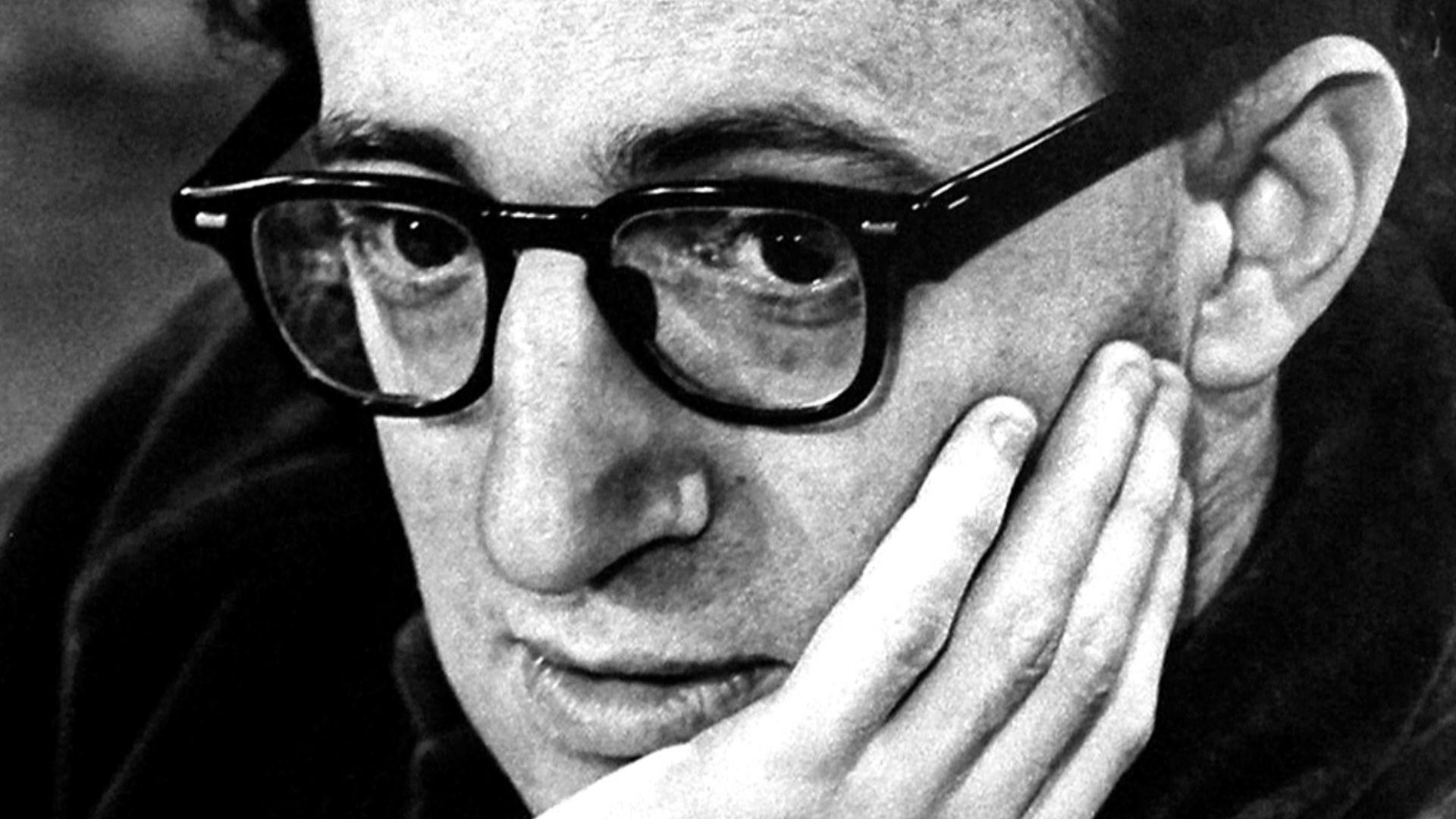 Jerry Kupcinet - photographer, Wikimedia Commons
Jerry Kupcinet - photographer, Wikimedia Commons
The Beginning of Something Iconic
Diane starred in Allen’s play Play It Again, Sam, and their partnership turned into one of Hollywood’s most creative duos. Their chemistry—both romantic and professional—led to unforgettable films like Sleeper, Love and Death, and, of course, Annie Hall.
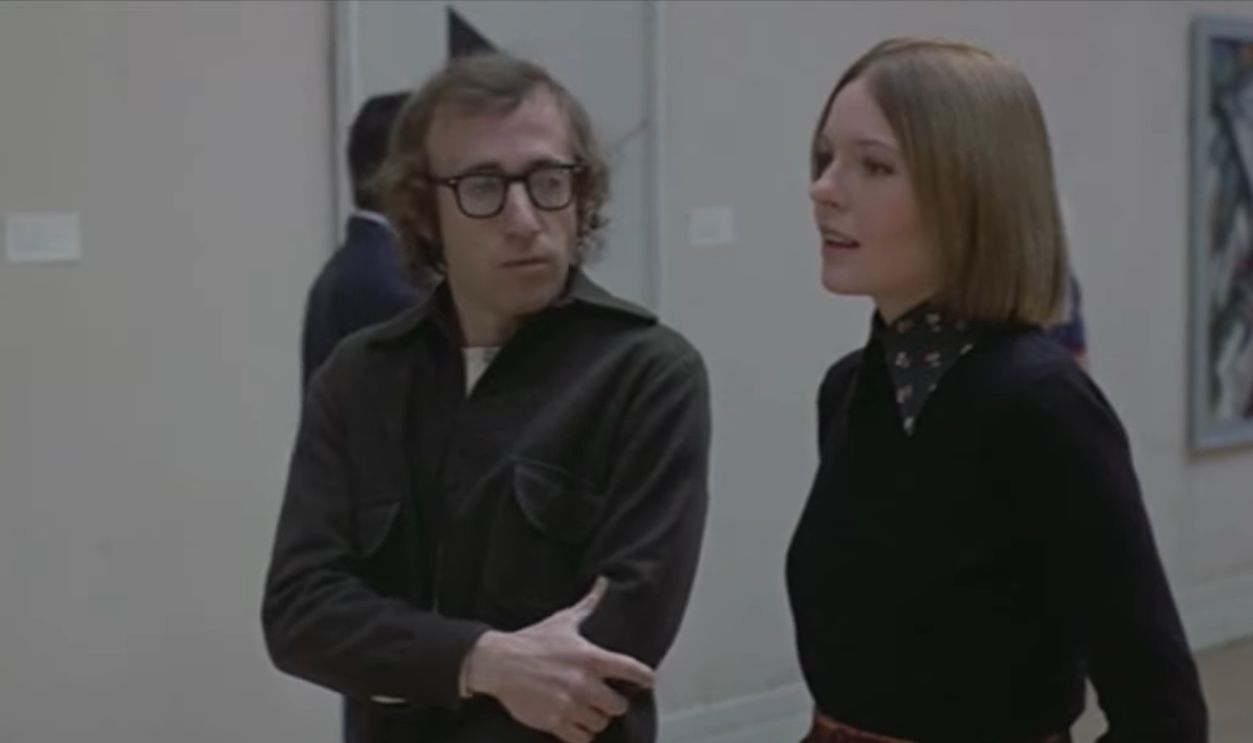 Paramount Pictures, Play It Again, Sam (1972)
Paramount Pictures, Play It Again, Sam (1972)
The Annie Hall Revolution
When Annie Hall premiered in 1977, Diane became a cultural phenomenon. Her boyish blazers, vests, and ties—all inspired by her own wardrobe — made her an unlikely fashion icon. The role earned her an Oscar, but more importantly, it redefined femininity. She made it okay for women to be awkward, smart, funny, and real—all at once. “I never set out to be a role model,” she said. “I just wanted to be honest.”
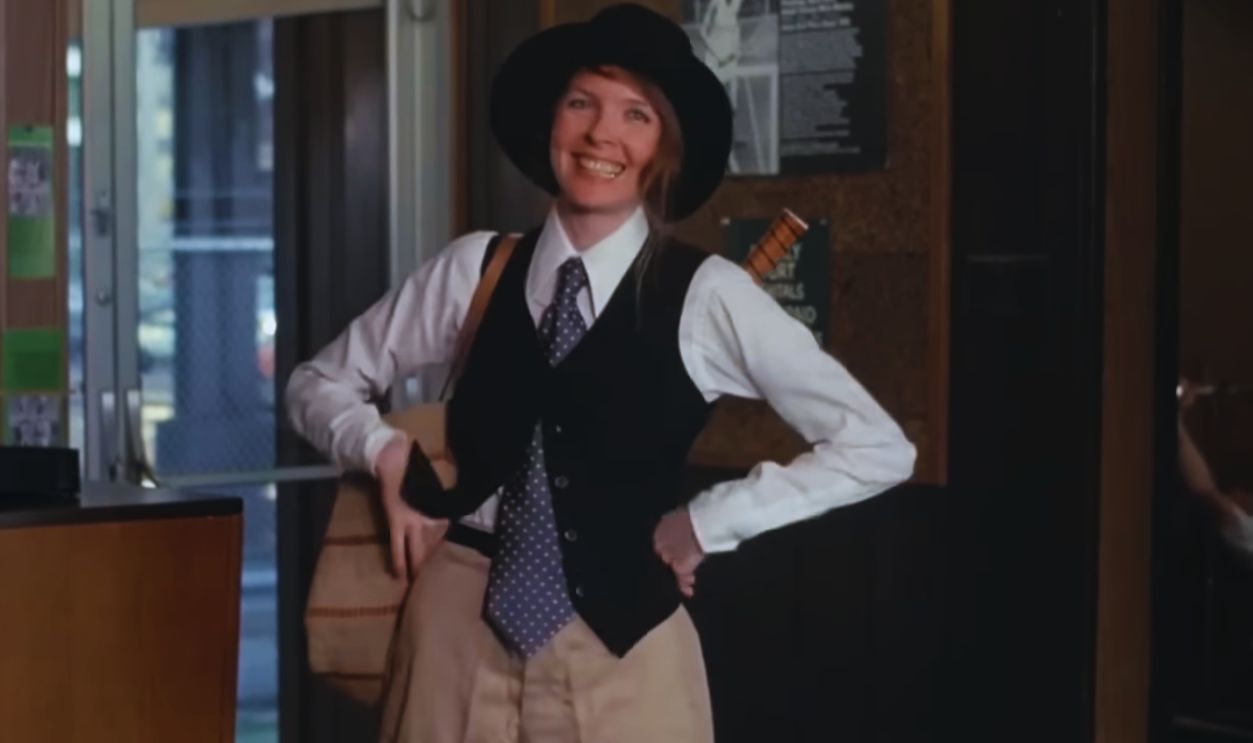 United Artists, Annie Hall (1977)
United Artists, Annie Hall (1977)
From Leading Lady to Legend
Her film career spanned decades—from The Godfather trilogy to Baby Boom, The First Wives Club, and Something’s Gotta Give. Each role showed a different side of her humor and heart. Al Pacino once said of her, “Diane’s magic is that she never pretends. She just is.”
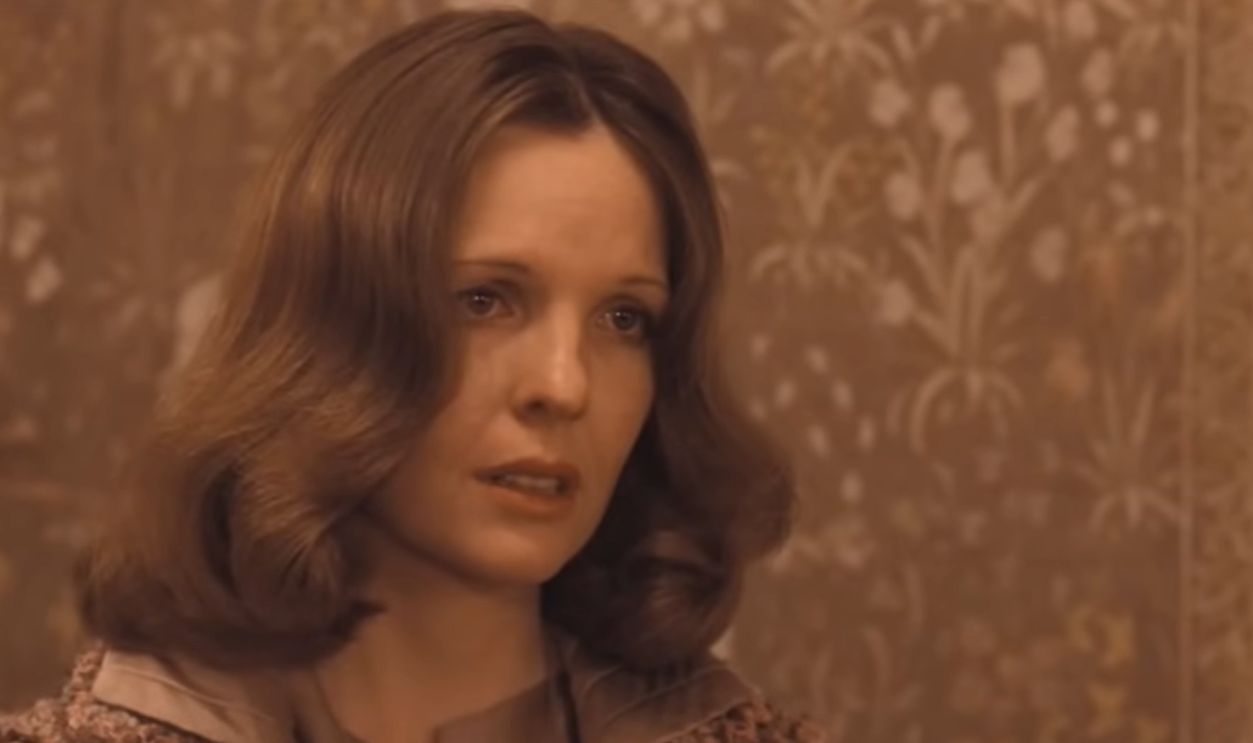 Paramount Pictures, The Godfather Part II (1974)
Paramount Pictures, The Godfather Part II (1974)
Her Unlikely Love Stories
Diane was famously linked to some of Hollywood’s biggest stars—Al Pacino, Warren Beatty, and Woody Allen—but she never married. “I love romance,” she said, “but I love freedom more.” She chose to build a life on her own terms, later adopting two children, Dexter and Duke, as a single mother.
A Mother Later in Life
Diane became a mom in her fifties, adopting her daughter in 1996 and her son in 2001. “Motherhood completely changed me,” she said. “It’s the most humbling thing—it makes you realize what really matters.” Her journey into motherhood showed women everywhere that it’s never too late to choose your own path.
Beyond the Spotlight
When she wasn’t acting, Diane poured her heart into causes that reflected her compassion. She became a passionate advocate for animal welfare, architecture preservation, and the environment. Her kindness wasn’t for show—it was just who she was.
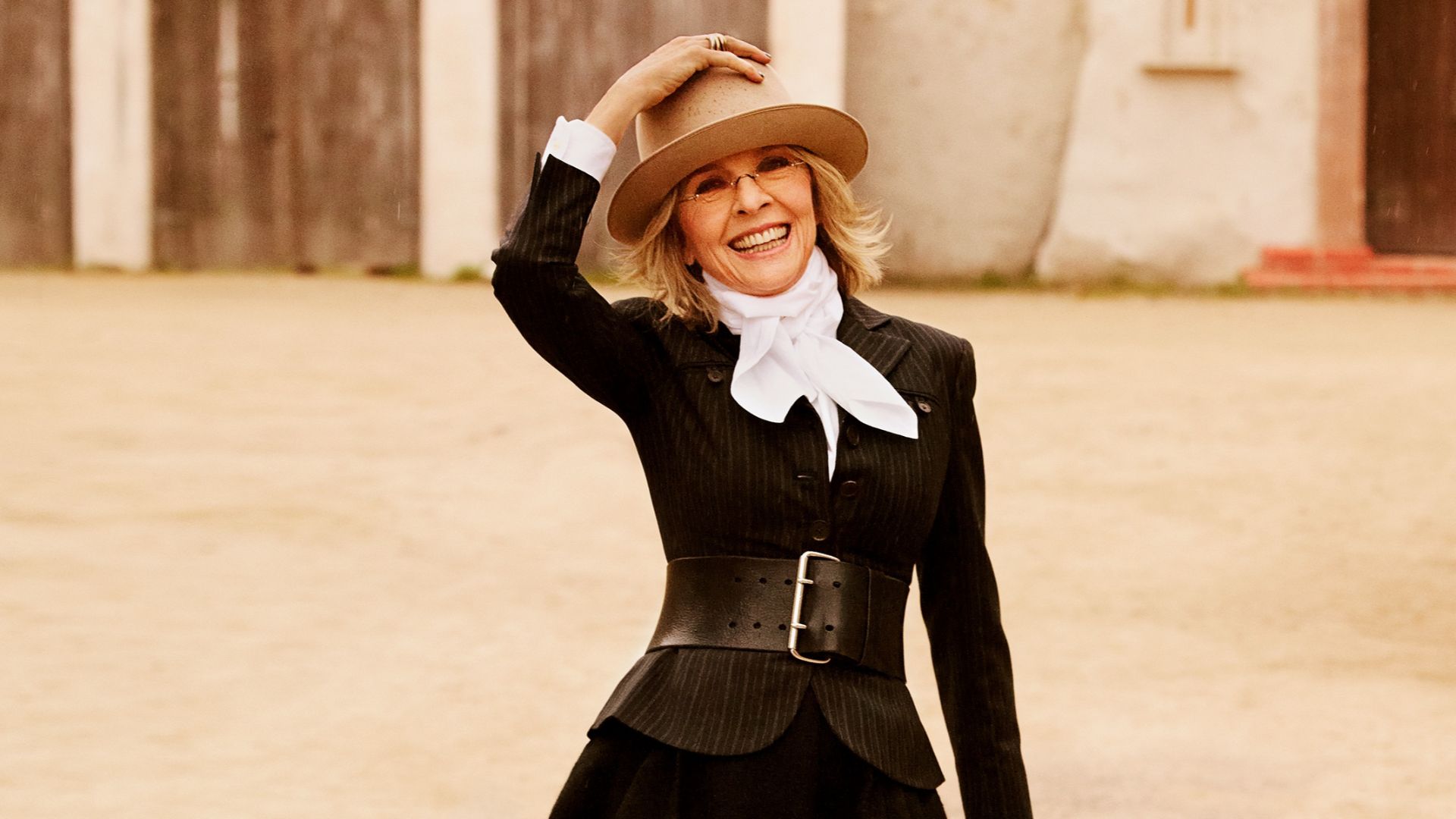 es:Ruven Afanador, Wikimedia Commons
es:Ruven Afanador, Wikimedia Commons
Saving the Old and the Forgotten
Diane was deeply involved in restoring old homes across Los Angeles. She saw beauty in decay—in things others gave up on. “Old buildings are like people,” she said. “They have stories worth saving.” She wrote two books about her architectural passions and often funded restorations herself.
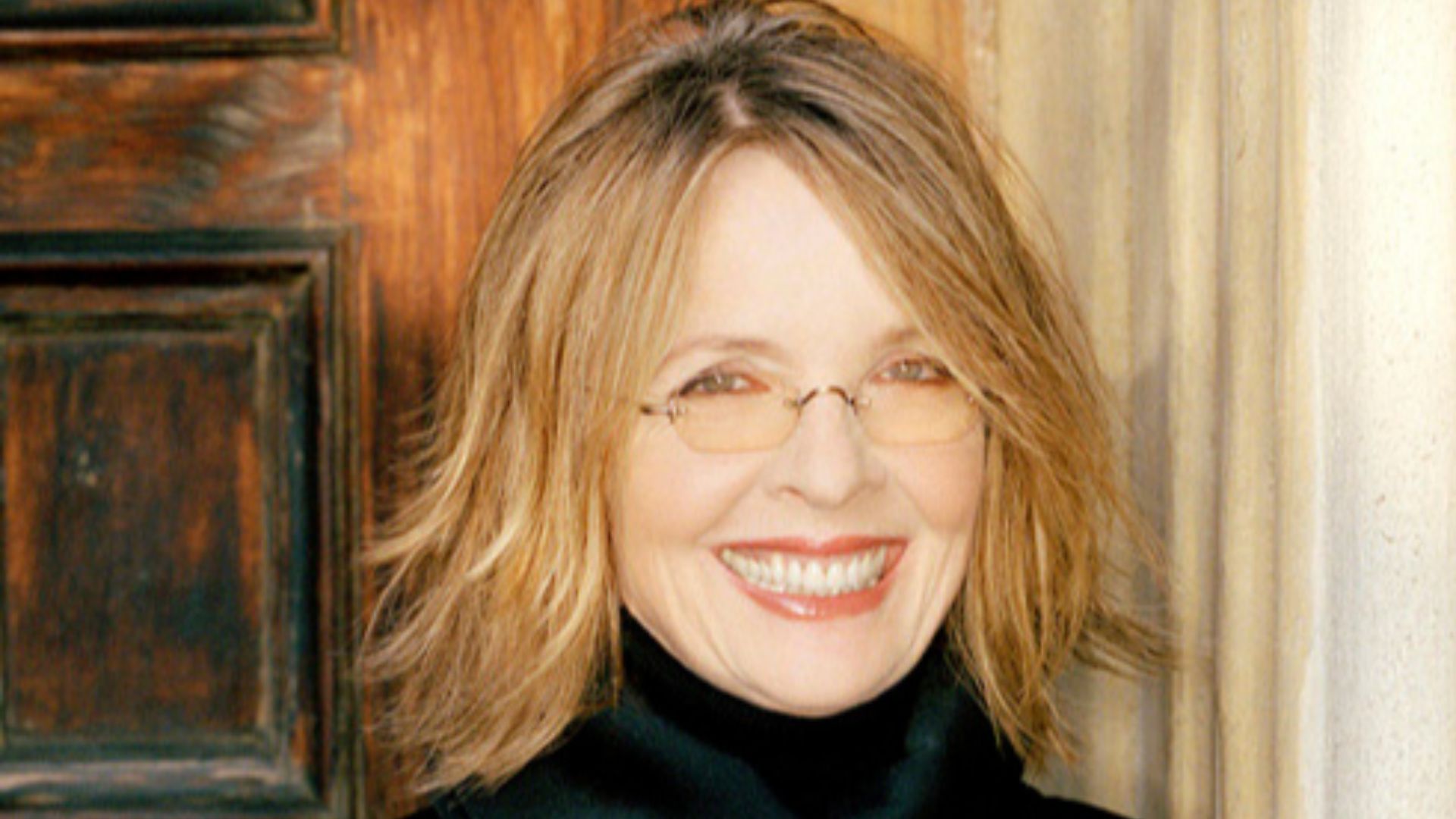 Firooz Zahedi, Wikimedia Commons
Firooz Zahedi, Wikimedia Commons
An Advocate for Animals
Diane was a lifelong animal lover. She adopted rescues, supported the Humane Society, and spoke out about cruelty in the fashion and food industries. “Animals are pure,” she said. “They give without expecting anything back. I think we could all learn from that.”
Style That Never Faded
Even into her later years, Diane remained a fashion icon—known for her wide-brimmed hats, tailored suits, and quirky charm. “Style,” she once said, “is just being brave enough to be yourself.” She made eccentricity elegant and authenticity fashionable.
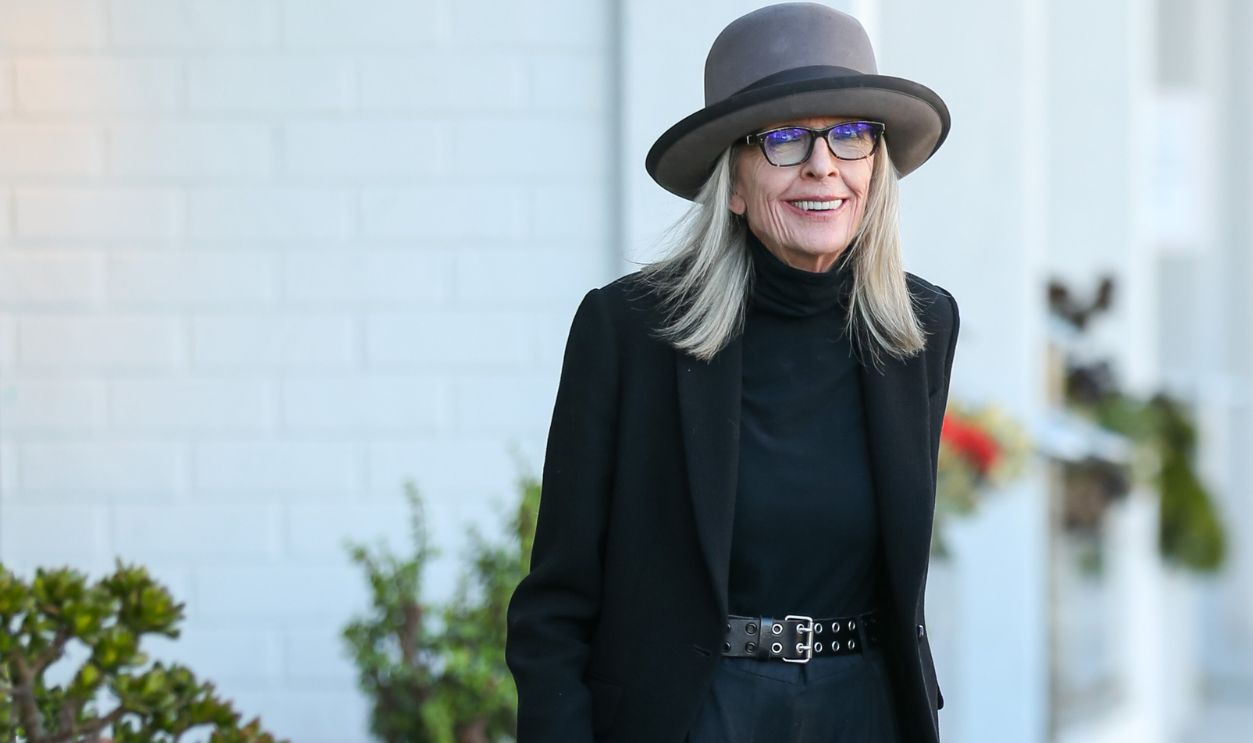 Bellocqimages/Bauer-Griffin, Getty Images
Bellocqimages/Bauer-Griffin, Getty Images
Finding Joy in Simplicity
While others chased fame, Diane chased fulfillment. She preferred quiet mornings with her dogs, walks through her garden, and long talks with friends. “Happiness,” she said, “isn’t applause—it’s peace.”
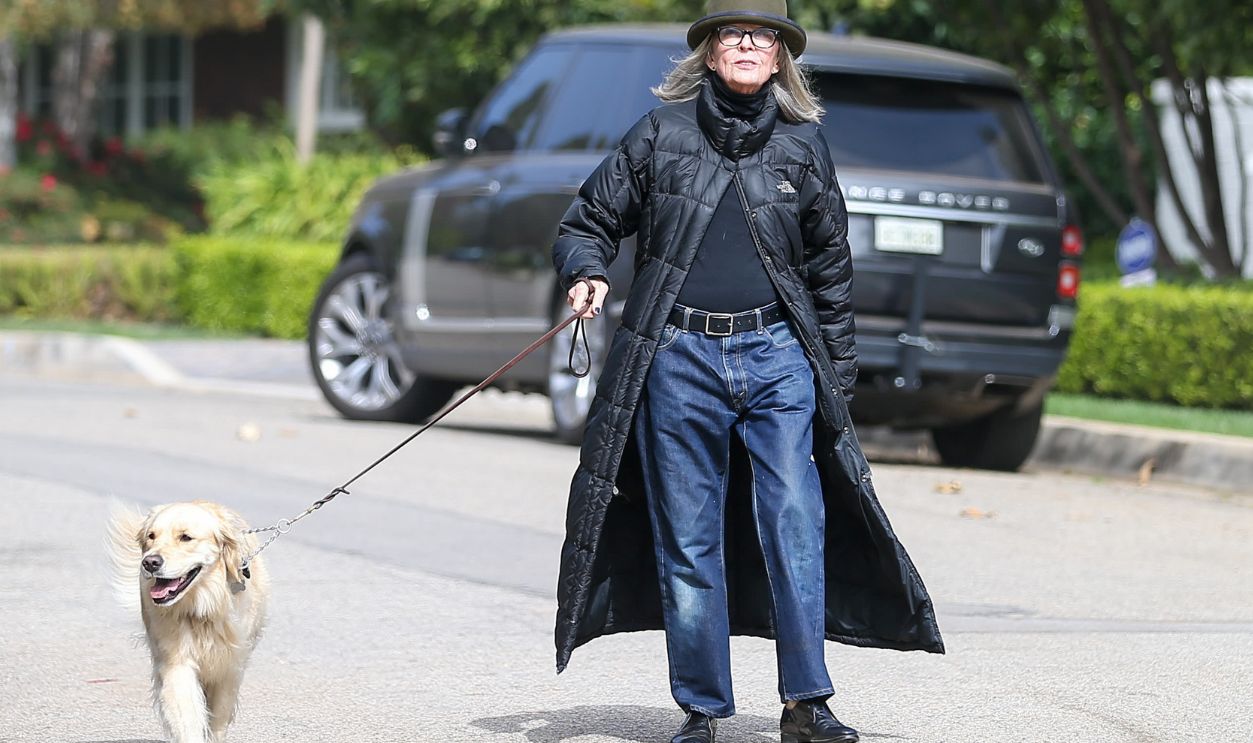 Bellocqimages/Bauer-Griffin, Getty Images
Bellocqimages/Bauer-Griffin, Getty Images
The Power of Self-Acceptance
Diane often spoke about aging in Hollywood with brutal honesty. “Getting older isn’t a tragedy,” she said. “It’s a privilege.” Her wrinkles, laughter, and confidence became proof that beauty doesn’t fade—it just changes shape.
A Life of Art and Curiosity
Diane was more than an actress—she was a photographer, writer, and storyteller. She published memoirs, curated art books, and filled her home with photographs of people and places she loved. “I’m curious about everything,” she said. “That’s what keeps me alive.”
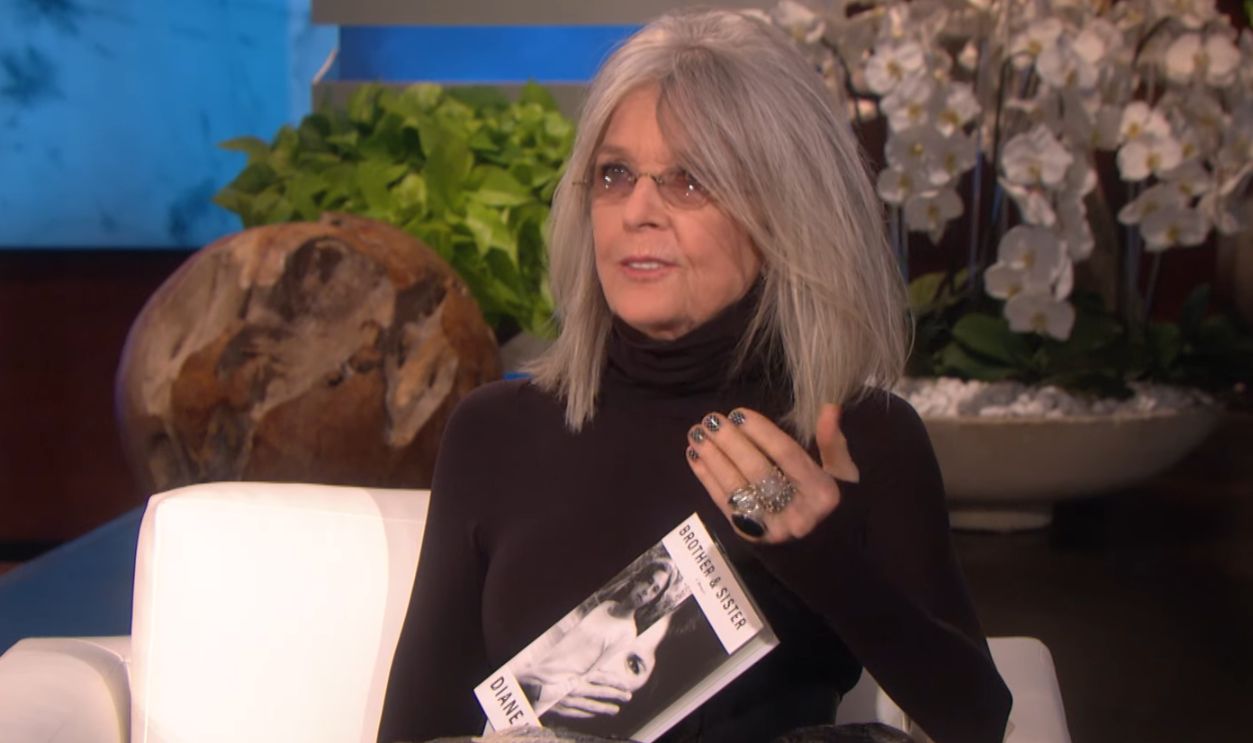 Diane Keaton on Revisiting Her Family's Journey Through Life, TheEllenShow
Diane Keaton on Revisiting Her Family's Journey Through Life, TheEllenShow
Remembering Her Humor
Her friends often said Diane could make anyone laugh. She had an offbeat, self-deprecating wit that made her instantly lovable. “She never took herself too seriously,” said her Something’s Gotta Give co-star Jack Nicholson. “That’s why people adored her.”
A Private Heart
Though she lived her life in front of cameras, Diane remained deeply private. She avoided the Hollywood social scene and rarely discussed her love life. What mattered to her was authenticity—not image.
Her Final Years
In her later years, Diane continued acting, writing, and advocating for animals. She slowed down, but she never stopped being curious. “I don’t think you ever stop learning,” she said. “When you do, that’s when you really get old.”
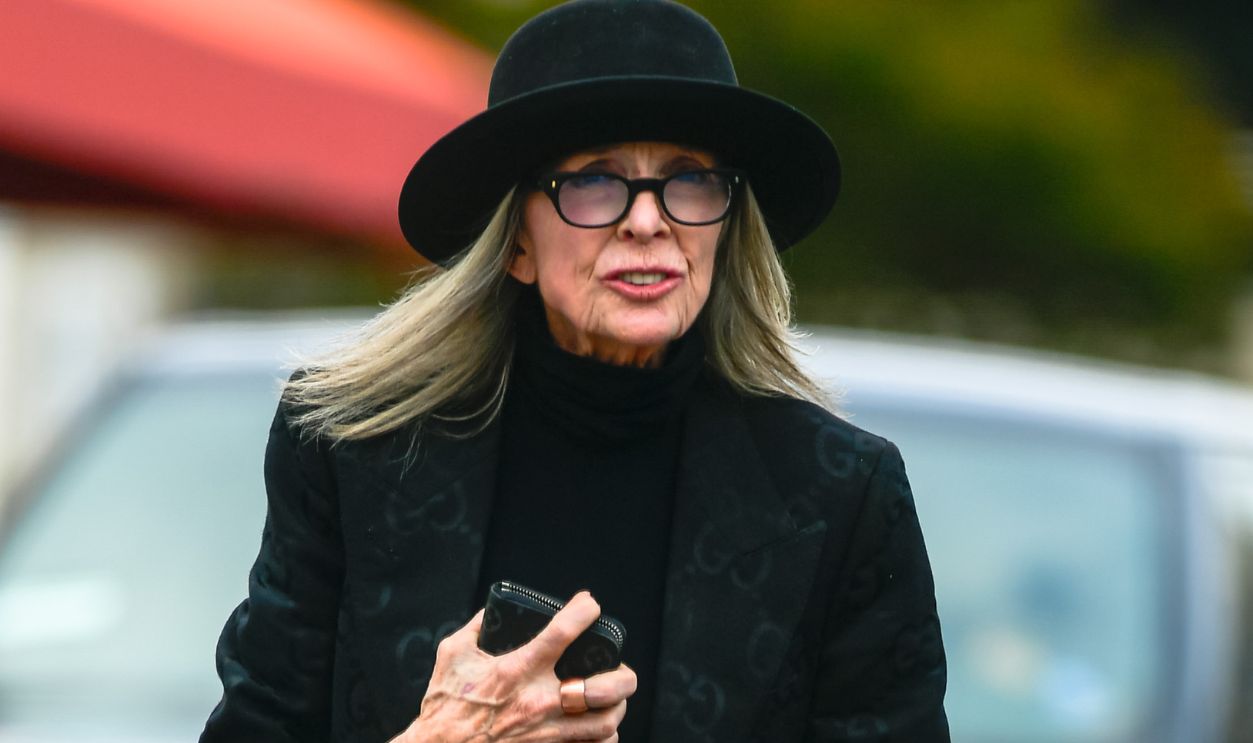 BG026/Bauer-Griffin, Getty Images
BG026/Bauer-Griffin, Getty Images
Saying Goodbye
When Diane Keaton passed away peacefully at her Los Angeles home, the world mourned more than an actress—it mourned a spirit. Tributes poured in from across the world. Meryl Streep called her “a woman of endless curiosity and courage.”
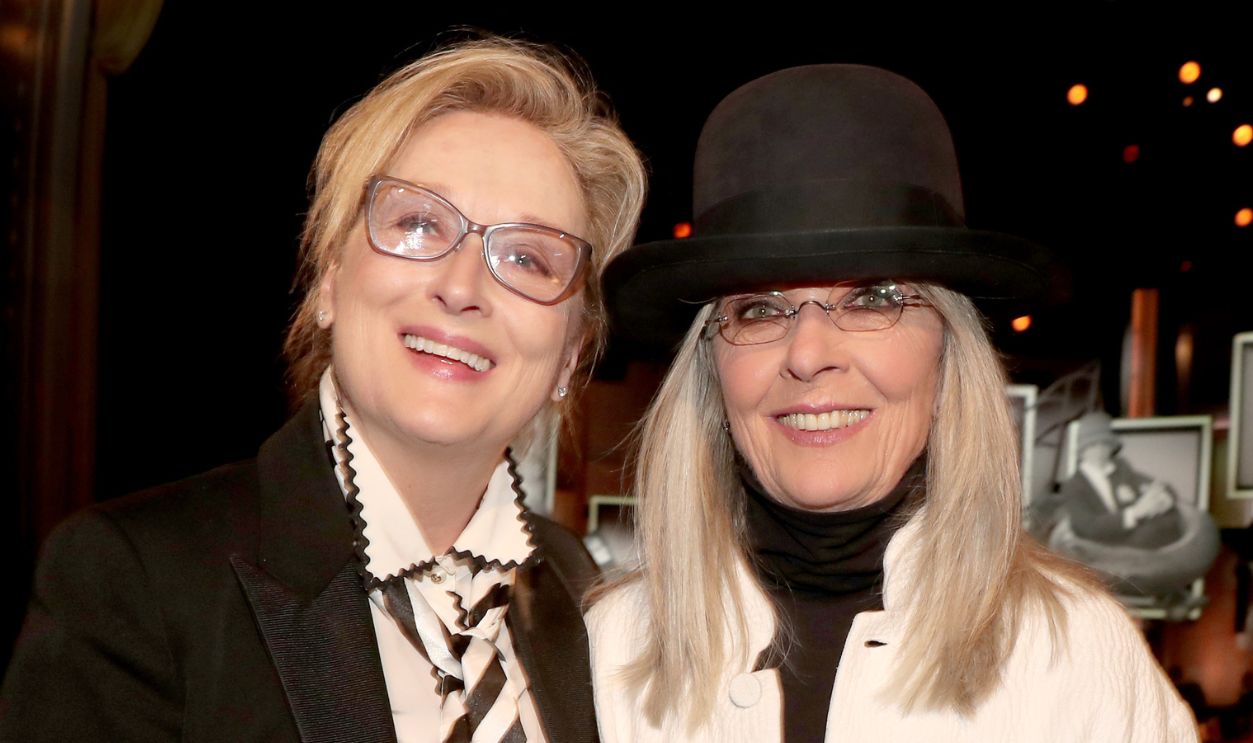 Christopher Polk, Getty Images
Christopher Polk, Getty Images
What She Taught Us
Diane Keaton left behind more than films. She left behind laughter, hope, and a reminder that it’s okay to be different. Her compassion for animals, her independence, and her humor made her timeless. Diane showed that you can be bold without being cruel, famous without losing humility, and aging without fear. She once said, “I’m not done figuring myself out—and I hope I never am.”
Changing the Way Women Saw Themselves
Perhaps Diane Keaton’s greatest legacy was how she changed the way women saw themselves—both on-screen and off. Before Annie Hall, female leads were often polished, passive, and romanticized. Diane brought something revolutionary: honesty. Her awkwardness became endearing. Her independence became empowering. She showed audiences that women could be complex, funny, and flawed—and still beautiful.
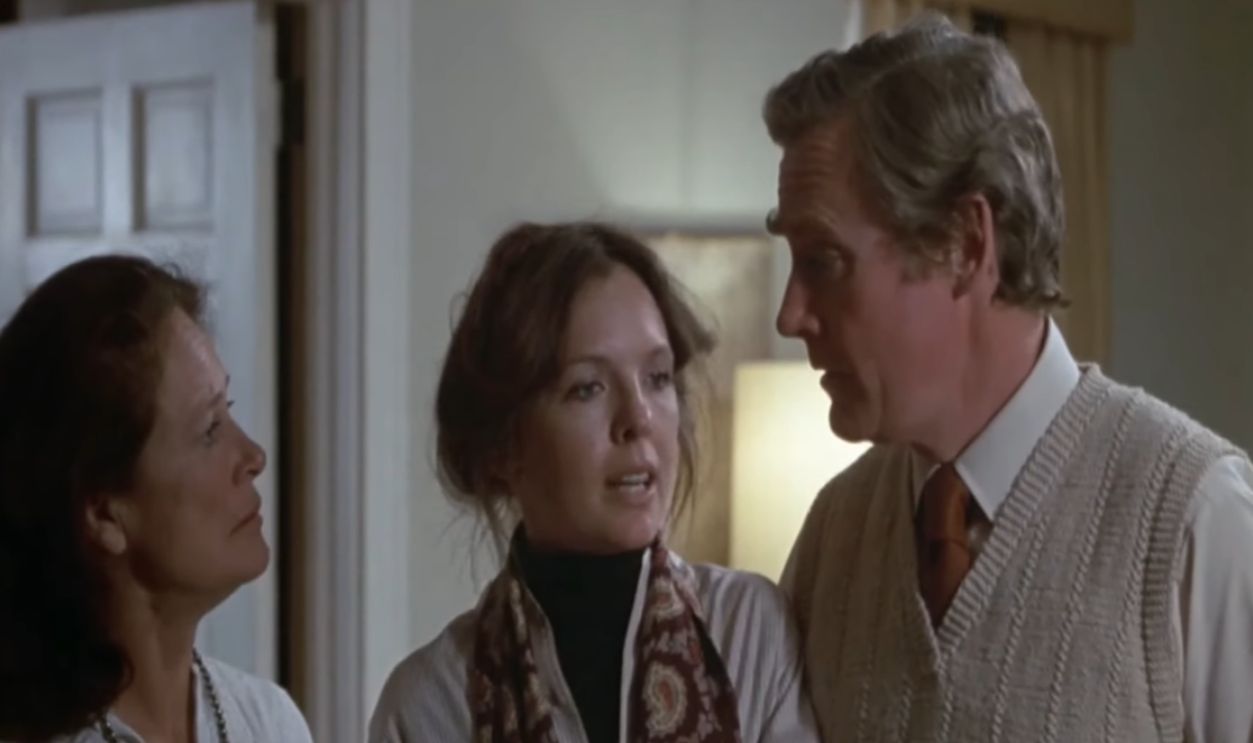 United Artists, Annie Hall (1977)
United Artists, Annie Hall (1977)
Redefining Fashion and Freedom
Diane’s offbeat fashion sense became just as influential as her performances. Designers credited her with liberating women’s wardrobes in the 1970s—swapping tight dresses for trousers, button-ups, and bowler hats that said, “I dress for me.” Her androgynous style became a statement of confidence and self-expression. Actresses like Emma Stone, Greta Gerwig, and Jennifer Lawrence later called her a role model for being unapologetically herself.
Making Authenticity Beautiful
“She made being weird cool,” said Reese Witherspoon. “She showed women they didn’t have to be perfect — they just had to be real.” Diane’s laughter, her quirks, and her courage made her deeply human. She reminded women that life doesn’t have to be tidy to be meaningful—and that being yourself is always the most beautiful thing you can be.
You May Also Like:

